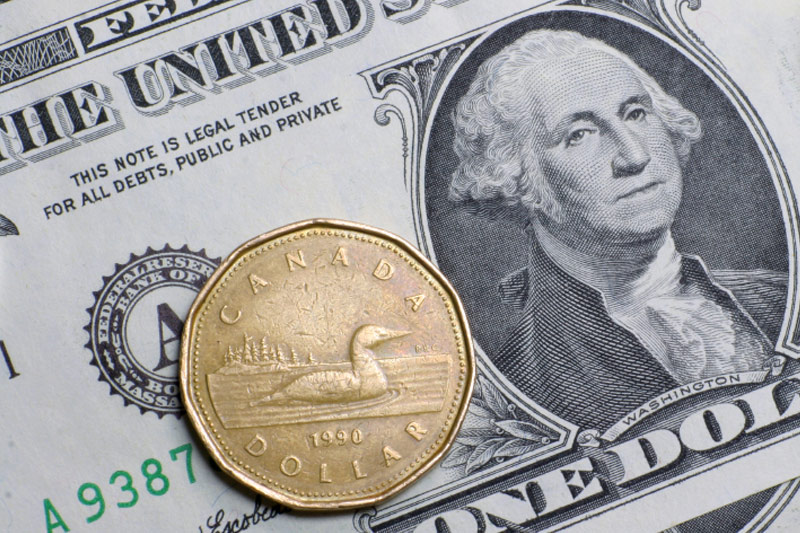Who is Kevin Hassett? Wolfe looks at the Trump ally tipped to become Fed Chair.
Investing.com - The U.S. dollar was little changed against the Canadian dollar on Tuesday after data showed that U.S. producer prices unexpectedly rose last month and oil prices remained broadly lower.
USD/CAD was steady at 1.1301, off the lows of 1.1260 struck earlier in the trading day.
The Department of Labor reported that the U.S. producer price index rose 0.2% in October, compared to forecasts for a 0.1% decline, after falling 0.1% in September.
Producer prices were up 1.6% on a year-over-year basis, ahead of forecasts for a 1.2% increase.
Core inflation, which excludes food and energy costs rose 0.4% last month, above expectations for a gain of 0.2% after remaining flat in September and were up 1.8% from a year earlier.
Core prices are viewed by the Federal Reserve as a better gauge of longer-term inflationary pressure because they exclude the volatile food and energy categories.
Meanwhile, oil prices remained below the $80 a barrel level on Tuesday, with the January Brent contract down 0.93% to $78.65 as concerns over ample supplies and the diminishing demand outlook continued to weigh.
Crude oil is Canada’s largest export and the Canadian dollar is sensitive to fluctuations in oil prices.
Elsewhere, the Canadian dollar was lower against the euro, with EUR/CAD adding 0.47% to trade at 1.4144.
The single currency was boosted after the ZEW Centre for Economic Research said that its index of German economic sentiment rose to 11.5 this month from minus 3.6 in October.
The report said that recent growth figures indicated that the economy is stabilizing, but warned that ongoing geopolitical tensions continue to be a risk.
Expectations for more stimulus measures from the European Central Bank remained high after President Mario Draghi said Monday that it could expand its asset purchase program to include government bonds.
